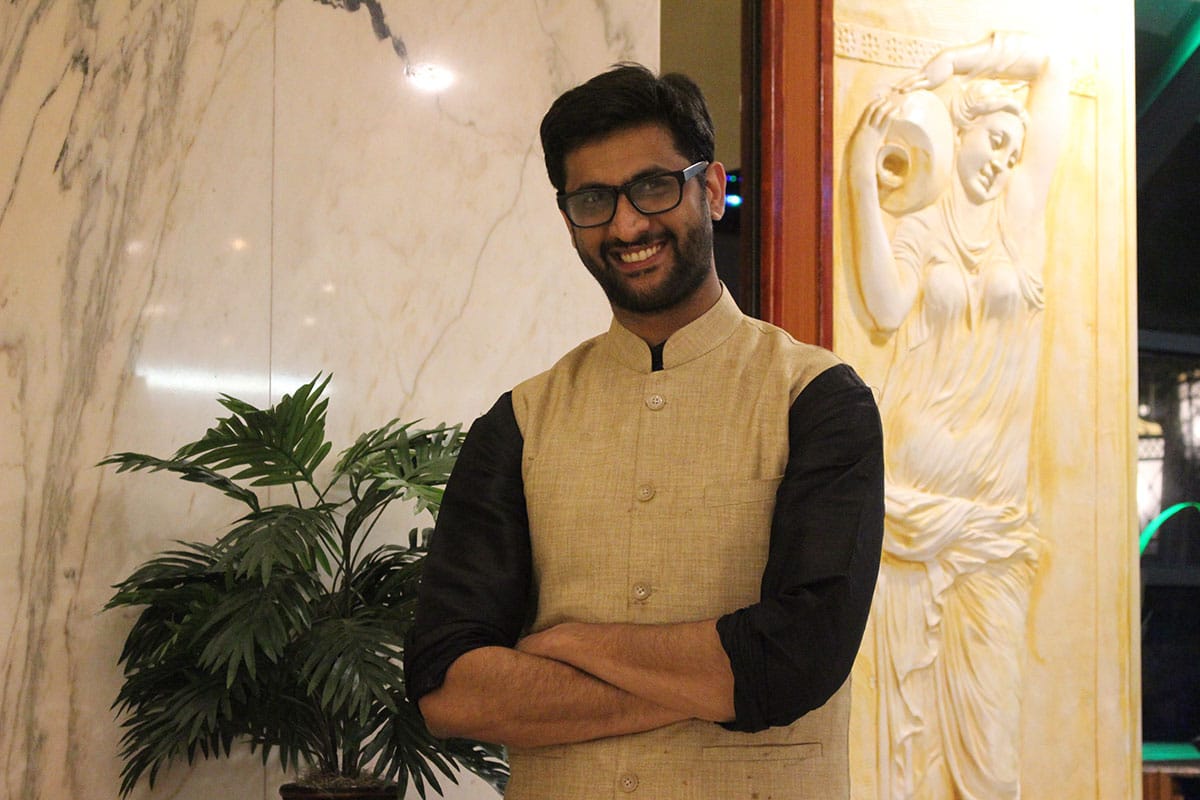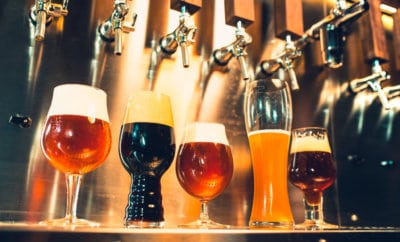Food
For the Love of Paan

No matter where I live and create homes, I cannot give up my habit of chewing paans.
At my joint family home as a child, I recall sitting on the verandah and looking at elders roll their beedas (paans are known as beedas in South India), using a few basic ingredients, like choona, supari and cloves.
Beedas were never shared with us until we turned teenagers. We were warned that if we ever stole one, our tongue would get thicker and we would start stuttering. That was enough to scare us away from beedas and paans.
When I was old enough, I discovered on my walks with my siblings that my older brother smoked. He bribed me with a paan to keep his secret. I have been hooked on them ever since.
I discovered the many paan varieties in Thakurli, a hamlet in the suburbs of Bombay. After marriage, when I moved to Chennai, I found a paan kiosk in the nukkad, close to my in-laws home.
No matter where I live and create homes, I cannot give up my habit of chewing paans.
When I moved abroad and could not find many paan shops, I began buying the betel leaves and the ingredients to make them at home.
The Greater Toronto Area, where I now live, has many popular paan shops, including Royal Paan Shop, which has franchises operating across Canada, Baldev Paan House, and many others. Fortunately, I can now often find paan shops even during my travels in North America, in Edmonton and New York.
Amin Mohammed Kanji launched Mulani Paan Shop in Edmonton five years ago. The inspiration to start a business came from his mother, who ran a convenience store in downtown Nairobi for more than 19 years. But, he says, the credit for opening a paan shop goes to his grandmother: “My grandmother had a ritual of sorts. She used to start her day with a paan followed by tea and then more paan throughout the day.”
Kanji has been hooked on paan — the plain variety betel nuts (supari), kattha, and choona — for over 40 years. But at the Mulani Paan Shop, he offers many varieties of paans, such as chocolate, strawberry, East African, Bombay and Pakistani.
The paan shops in the United States and Canada differ from those in India, with many offering street foods and Indian specialties, such as falooda, kulfis, etc. Kanji also serves up vada paav, chaat paapdi, falooda and other food, besides paan.
Kanji landed in Canada from Nairobi 27 years ago and although a friend sowed the seeds of entrepreneurship into his head, it took him some time before he decided to take the plunge into the choppy waters of the business world.
A restaurant owner friend offered him space at his restaurant to sell paan. Holding onto his day job, Kinjal worked evenings for over three years and built up a clientele before renting his own space.
Today, visitors from as far-flung as Calgary, London, and Atlanta come to his shop for the special paans created by him. He recalls proudly that Sajda Sisters of X Factor Fame India (a music talent show) visited his shop during Navaratri three years ago and had the meetha paan.
Kanji sources his betel leaves from India. Often the leaves are damaged during transportation to Edmonton. He also experiences delays and shortages during the festive season. He is able to source most ingredient locally and he makes his own gulkand and many mixes using cardamom, khushbu, etc.
Bombay Paan, Pakistani Paan and the regular meetha paan, he says, are the customer favorites. Other major sellers are strawberry, chocolate, cashew and dates paan. The costs run from $2 to $2.50.

Ankit Narula: “As much as I enjoy making and serving paans, I love the conversations we have while doing so, just like a paan ki dukaan back home.”
Across the border, in New York, Ankit Narula, or “the paanwaala” as he likes to be called, has given this humble little betel leaf a high-end twist.
Born and raised in Delhi and an avid paan lover, Narula’s fixation and passion for paans started very young. His dad would have him run out to grab paans at least 3-4 times a day. The chore soon became Narula’s favorite pastime. He was amused watching “Panditji” (the paanwaala) rub the choona and katha until it formed a dark maroon color. To the youngster, it seemed like the betel leaf canvas was being painted with colorful condiments. It was a work of art.
When Narula moved to New York in 2003 for higher education, he craved for the paans back home. He went searching for paans in Jackson Heights, Manhattan and New Jersey, but to his dismay nothing came close to the standards of paan he was used to.
Armed with his “dejection,” on his next visit to India he learned the basics and secured the recipes from his Panditji. The Paanwaala was launched in September 2015 in New York.
Narula has redesigned the paan with unconventional ingredients, such as butterscotch, chocolate, etc. The Paanwaala menu includes Calcutta meetha, Lucknawi saada paan and exotic varieties like the kulfi falooda paan, jalebi rabdi paan, butterscotch paan and choc-o-latte paan. He does not use any supari in his paans, which is banned in New York state.
He says that chocolate and meetha paans are customer favorites. He also serves some alcohol infused paans. Sambuca (fennel based after dinner drink) is predominant in most of Narula’s paans. Baileys and Patron are used for the mango margarita paan.
Live station set-ups at corporate, wedding, sangeet and receptions, as well as paan platters and also retailing paans to popular restaurant chains in New York, keeps his business humming,
An investment banker by day, Narula dons the hat of the paanwaala and chats up customers most evenings: “As much as I enjoy making and serving paans, I love the conversations we have while doing so, just like a paan ki dukaan back home.”
[wonderplugin_gallery id=”14″]



You must be logged in to post a comment Login